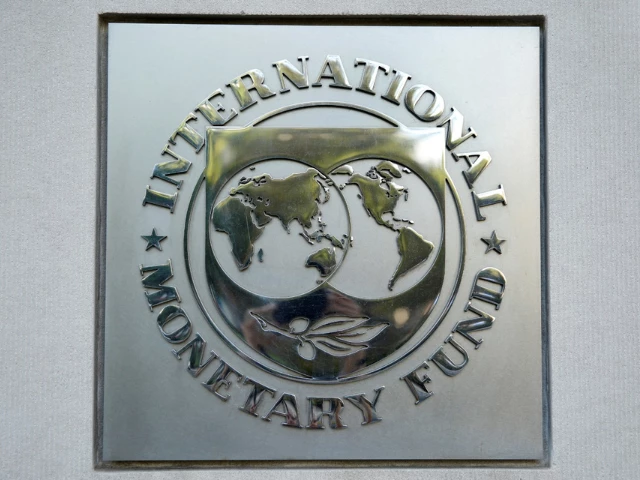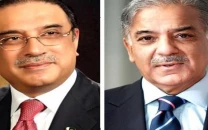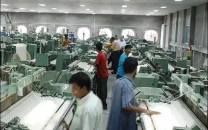IMF cuts Pak growth forecast to 2.6%
Money lender revises global economic projections

The International Monetary Fund (IMF) on Tuesday lowered Pakistan's growth forecast to just 2.6% for the current fiscal year, while also revising global economic projections amid uncertainty stemming from US President Donald Trump's trade tariff measures.
In its April 2025 World Economic Outlook report, the IMF reduced Pakistan's growth estimate from 3% to 2.6%, becoming the second major international financial institution to cut the country's growth outlook for fiscal year 2024-25.
The revised forecast falls significantly short of the 3.6% growth target set by the Pakistani government for the fiscal year. For the next fiscal year, the IMF sees Pakistan's economic growth reaching 3.6%.
However, it has improved Pakistan's inflation outlook from nearly 10% to 5.1%, which is also expected to remain at 7.7% in the next fiscal year. In another positive development, the IMF improved Pakistan's current account deficit projection from nearly 1% of the GDP to just 0.1%.
The IMF was earlier expecting Pakistan's current account deficit widening to $3.7 billion, which is now projected to fall to around $400 million for this fiscal year. For the next fiscal year too, the current account deficit is projected at just 0.4% of the size of the economy.
The IMF will release the detailed background of its revised projections in the country's staff level report, which will be published after the approval of the second loan tranche by the IMF board next month.
Finance Minister Muhammad Aurangzeb on Monday met with the IMF Managing Director Kristalina Georgieva in Washington.
A Finance Ministry handout stated that Aurangzeb thanked the IMF team for reaching a Staff-Level Agreement on the First Review under the Extended Fund Facility (EFF) and a new arrangement under the Resilience and Sustainability Facility (RSF).
Aurangzeb reiterated the Pakistan government's commitment to maintaining the reform momentum and extended an invitation from Prime Minister Shehbaz Sharif to Georgieva to visit the country, said the Finance Ministry.
The finance minister also held a meeting with Robert Kaproth, Assistant Secretary of the US Treasury Department, and briefed him on Pakistan's improving macroeconomic indicators. He highlighted ongoing reforms in taxation, energy, privatisation, state-owned enterprises (SOEs), pensions, and debt management.
In an interview with Bloomberg in Washington, Finance Minister Aurangzeb said on Tuesday that Pakistan was looking to buy more goods from the US and remove non-tariffs barriers to escape President Donald Trump's high tariffs.
Global outlook
The IMF has given a range of 2.4% to 2.8% for the global economic growth for 2025 due to uncertainty caused by President Trump's trade policy measures.
The swift escalation of trade tensions has generated extremely high levels of policy ambiguity, making it more difficult than usual to establish a central global growth outlook, reads the IMF report.
It said that because of this reason, the World Economic Outlook presents a range of global growth projections. The reference forecast is based on measures announced on April 4, which the IMF said would bring down the global growth to 2.4%.
Post-April 9 model-based forecasts are used to quantify the implications of the announced pause and associated additional exemptions, as well as the escalating tariff rates between China and the United States, the economic growth is projected at 2.8%.
















1726134115-0/BeFunk_-(41)1726134115-0-208x130.webp)






COMMENTS
Comments are moderated and generally will be posted if they are on-topic and not abusive.
For more information, please see our Comments FAQ